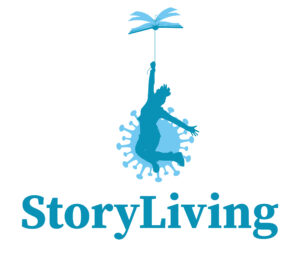Narrative is the symbolic representation of a sequence of events, and storytelling can be defined as a form of narrative. Children typically write their stories using symbolic pictures; through these pictures they create a sequence with a plot that tells a story (Gershan & Page, 2001). Storytelling can include text as well as other forms of media such as pictures, animation, sound and video.
Digital storytelling (DS) is a further development of the didactic and innovative methods of storytelling. It is based on digital images, videos, text and sounds that form a genre to present a story to readers, viewers and listeners via a computer system (Li, 2007).
Given that young people with mental health issues, and in particular with ASD, have special communication needs and express themselves differently, digital storytelling could provide an appropriate way of presenting stimuli. For example, a framework that integrates images and text could form a story that conveys useful information while providing alternative methods and means of instruction in an inclusive environment.
Digital storytelling also offers several benefits to the educational environment, helping young people with ASD to improve their writing and learning skills by increasing their comprehension. In addition, students with ASD who are familiarised with DS appear to be more engaged, active and creative, discovering different ways to express their thoughts and ideas (Lanthem, 2005). Expressing themselves verbally and visually in an artistic, productive and inspiring way helps young people on the spectrum to communicate their idiosyncrasies, desires and feelings.
Collaborative digital storytelling, which is widely used in distance learning, motivated and engaged students with ASD. It also encouraged them to build social interactions and develop their communication and social skills while becoming more integrated members of their digital communities. In this way, this population had the opportunity to explore their identity, identify their particular difficulties and communicate their deeper feelings, while setting their boundaries, which was more difficult in face-to-face interaction.
Communication and exchange affect everyone, regardless of their specific characteristics. Only by exploring new methods of communication could equal opportunities be achieved.

